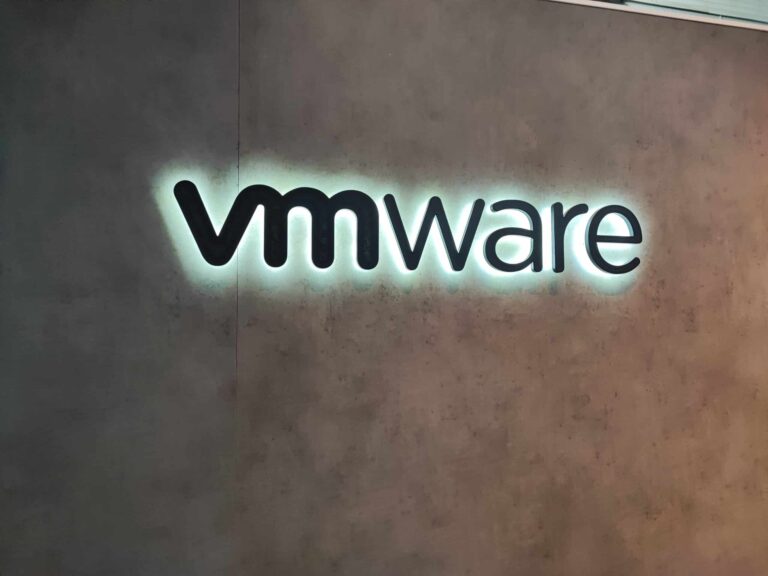VMware faces a major challenge in the coming years. Gartner predicts that by 2028, more than a third of the current number of workloads on VMware will be running elsewhere.
Research Director Julia Palmer said at Gartner’s IT Symposium in Australia that customers who use VMware via hyperscalers in particular will switch to alternatives.
Much has changed since the acquisition by Broadcom in November 2023. The licensing model has been changed from perpetual licenses to subscriptions, and products have been combined into more expensive packages. The number of partners authorized to sell VMware has been significantly reduced. Large organizations are still benefiting from the new model, but for smaller companies and organizations with edge or remote locations, the costs are quickly becoming unaffordable.
Hyperscalers bring customers to the public cloud
A major turning point occurred when Broadcom decided that hyperscalers, such as AWS, would no longer be allowed to resell VMware subscriptions. As a result, organizations that use VMware in the cloud are now forced to look for alternatives. Gartner expects hyperscalers to encourage their customers to actively adopt the public cloud.
Palmer emphasizes that migration is not just a question of cost. Those who make the switch purely to save money may end up disappointed. Migration offers an opportunity to modernize applications and improve operational processes. According to Gartner, full migrations can easily take three years or more, while partial migrations can often be completed within a year.
Various alternatives to VMware
During her presentation, Palmer also provided an overview of possible alternatives to VMware. She sees Nutanix as the most direct option, partly thanks to its effective migration tools. Public clouds are also a viable option, although not all workloads are equally cost-efficient there. Microsoft’s Azure Local could be an alternative, but the limitation to a maximum of 16 hosts per cluster makes it less attractive for larger environments.
She mentions Hyper-V and Windows Server as an option, but according to her, Microsoft is no longer strongly committed to Hyper-V because the company would rather see customers move to Azure. Red Hat Virtualization remains a niche option, while OpenStack and KubeVirt are often too complex for organizations that lack the right expertise, according to Palmer.
Not all the attention is negative. Palmer pointed to VMware Cloud Foundation 9 as proof that Broadcom is still investing in serious R&D and that customers who choose this package get a robust private cloud suite.
Meanwhile, Broadcom continues to benefit from the new strategy. Infrastructure software revenue rose 25 percent in the last quarter to $6.6 billion, with VMware generating the lion’s share of revenue.
